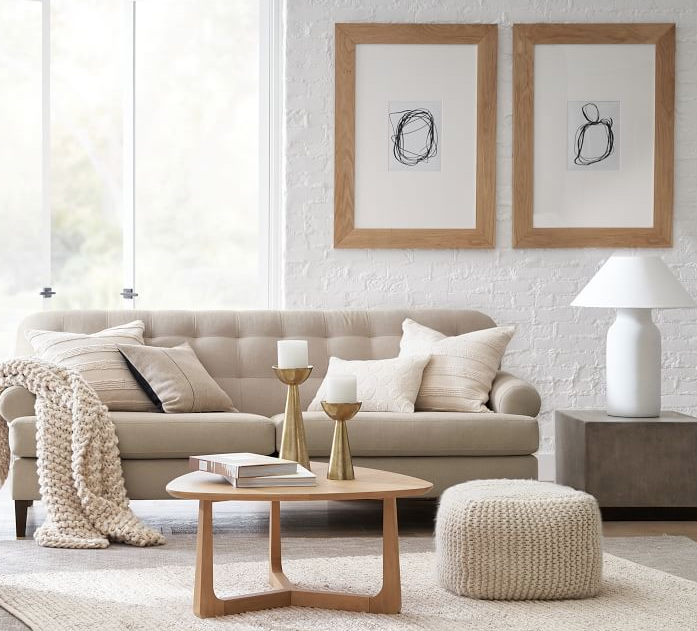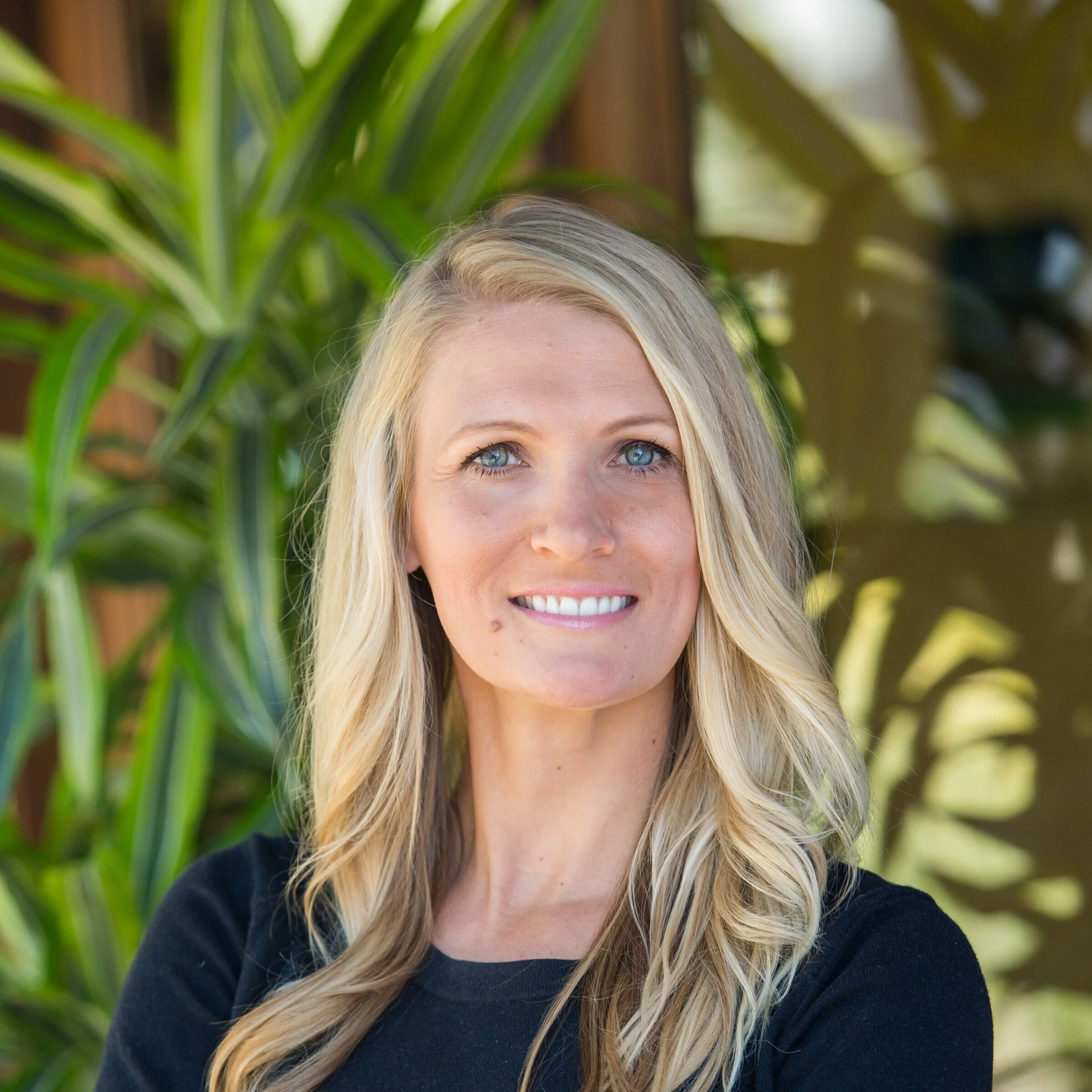EASY DESIGN IDEAS FROM ARIANA LOVATO HONEYCOMB HOME DESIGN
Now, more than ever, is the perfect time to cozy up your home! Making a house feel like home might be easier than you think. It’s not always about the perfect bed spread or a luxurious couch, but rather a feeling of bringing a space to life and finding happiness in the small things.
Lighting
Warm and soft lighting throughout your home can create an inviting atmosphere and it’s easy to do! Instead of harsh task lighting and bright overhead lights, incorporate a few lamps throughout your space for a feeling of ambiance. It’s important to have levels of lighting in a space to help you wind down at the end of the day with softer, amber light. After the sun goes down, switch on a few lamps and you’ll be on your way to creating a cozy ambiance in no time!
Pillows
Pillows always make a space seem more inviting, wouldn’t you agree? Adding different textured pillows to your couch can make it feel way more comfortable and inviting. Pillows are also a great way to add pops of color, or mix it up with some fun patterns from time to time. However, pillows don’t just look good on the couch or on your bed. Try putting big pillows on the floor for more seating, such as a meditation cushion or pouf to add a real sense of coziness to your living space!
Throws
Throws add an interesting element to the home without being intimidating. They add texture to a space and make a room seem more lived in and approachable. When you’re going for cozy, this is exactly what you want. Nobody is going to feel intimidated or like they can’t sit on the couch in a cozy space. Draping different throws over a chair, on your couch, or even at the end of your bed, will make it feel like you’re ready to cuddle up with some hot tea while still looking stylish, which is a perfect match if you ask us! Here’s one of our favorite throws - the chunkier the better, right?
Candles
Is there anything more cozy than flickering candles? We don’t think so! The warm flickering light creates an ambiance that can be appreciated by anyone. We recommend lanterns, hurricanes, and votives to add some color and texture to the space while honoring the beautiful glow of candlelight! Check out these gorgeous scented candles in sea glass we found from Pottery Barn to have your home smelling like Sel de Mer!
Curtains
Curtains not only keep the warmth in, but they also cozy up your otherwise bare windows! They are an easy way to instantly make your home feel more homey and are great for adding texture and color if you feel your space is lacking in those areas. It can also be fun to swap out heavier curtains for some lightweight pastel ones during spring to change up the look and feel in your home.
Scents
Whether it’s mulled wine on the stovetop, a fresh batch of chocolate chip cookies in the oven, or your favorite scented candles, nothing says home like basking in your favorite smells! There are so many ways to incorporate cozy scents into your home, from fresh flowers to incense to DIY stovetop potpourri. Stovetop potpourri is a natural and easy way to freshen up your home with ingredients you most likely already have. Just cut up a few lemons and throw them into a pot with some water, add some fresh herbs and simmer on the stove to achieve a fresh citrusy scent throughout the house. For a more autumnal scent slice up some oranges and apples, then add some cinnamon sticks, cloves, star anise, or whatever you’re feeling! We encourage you to make your home your own and that includes all the scents you love!
Rugs
Rugs are an amazing cozy addition to any home and can instantly warm up a space that may have hardwood or tile flooring! We can’t think of one room that wouldn’t benefit from not having a rug. Try a runner in front of your kitchen sink, in your laundry room, or even in the master bath for some added coziness! With the ability to layer multiple textures, colors, and designs, rugs can add a lot of interest to your home while warming up the space! Try layering this gorgeous red traditional rug over a jute area rug to add some dimension to your family room!
Entryway
The entryway into your home is always the first impression and sets the mood for how your guests, or even you, feel when you step into your home! No matter how grand or how nonexistent your foyer may seem, there are a few simple things you can do to make it more functional and welcoming to all those who enter your home. We suggest hanging wall hooks or even a mirror. Not only will these give your space a purpose, but it can also make the entrance feel a bit more homey! Another easy way to define your entry way is with a rug, and we already talked about how cozy rugs can be!
Plants
Plants are amazing because they not only look great in your home, but they also add a sense of liveliness to the space! Another bonus is you get to choose a variety of different pots and planters to put them in. Go for warm tones like terra-cotta or textures like seagrass and wicker for a sense of texture and variety!
Memories
Nothing says home more than all of your beautiful memories hanging on the wall! If you have photos of your family, take the time to hang them up, you won’t regret incorporating all your happy memories into your home decor. Avoid completely empty walls unless you’re trying to make a bold statement, otherwise fill your walls with your favorite art and family photos!
You can follow Ariana on Instagram @honeycomb_homedesign or visit her website at HoneycombHomeDeisgn.com.
Photos courtesy of Honeycomb Home Design.


























